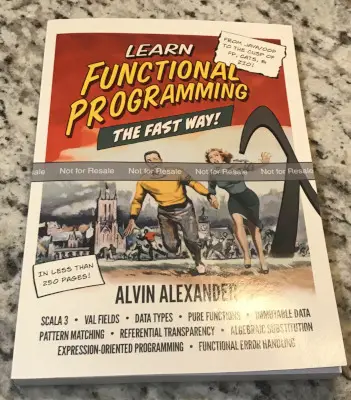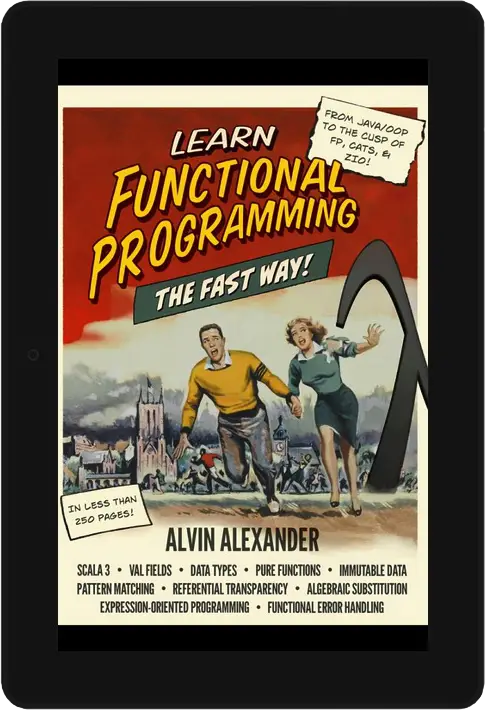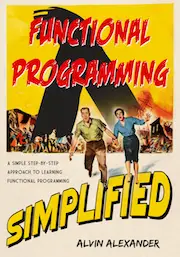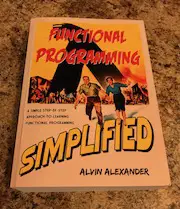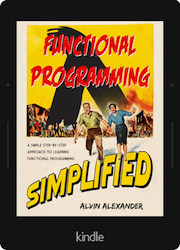Scala Either type: How to get the value out of an Either
Scala Either FAQ: How do I get the value out of a Scala Either?
Solution
In this recipe I show many different ways to get the value out of a Scala Either, while accounting for the fact that an Either value may be a success value (a Right) or a failure value (a Left).

